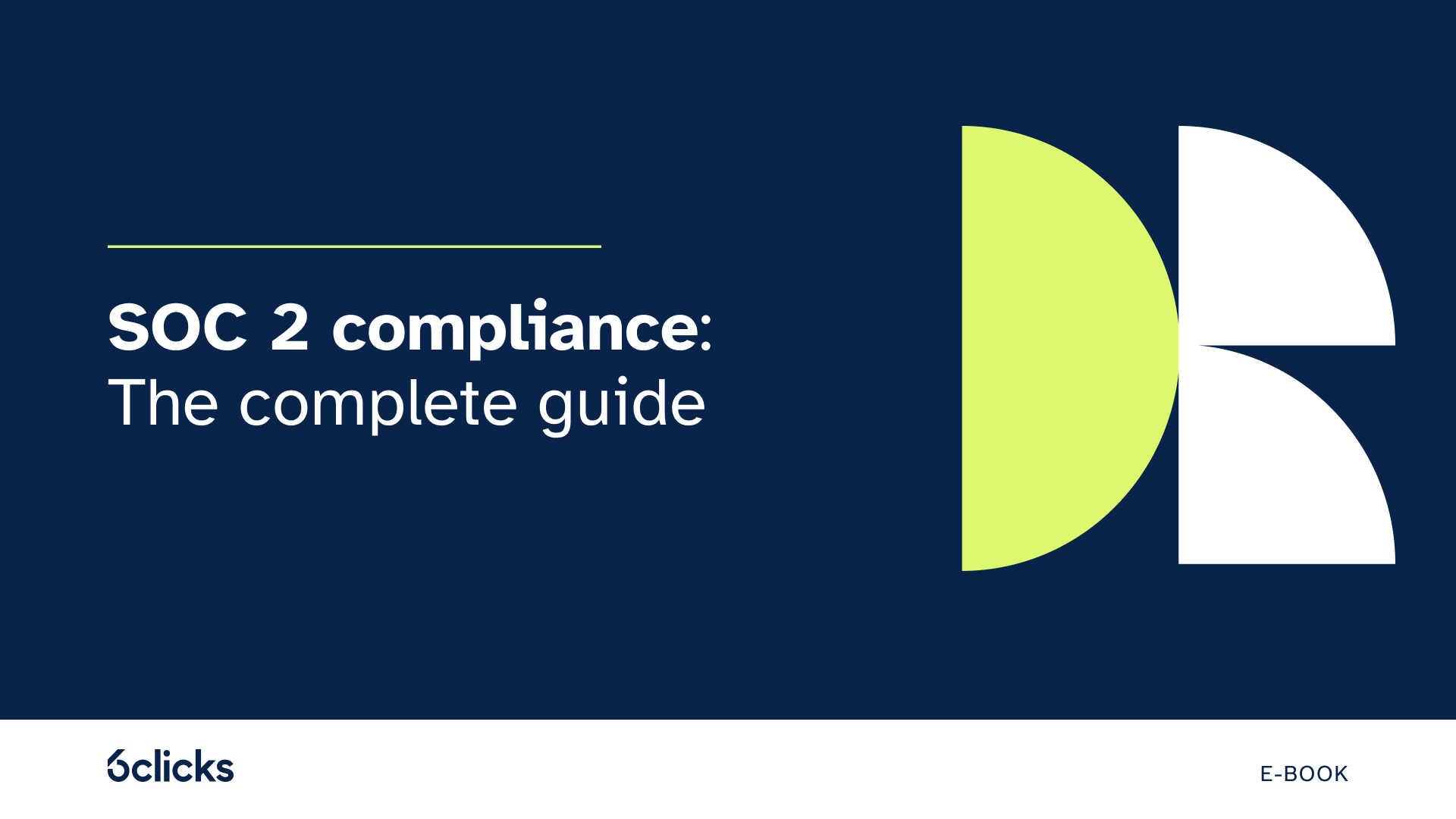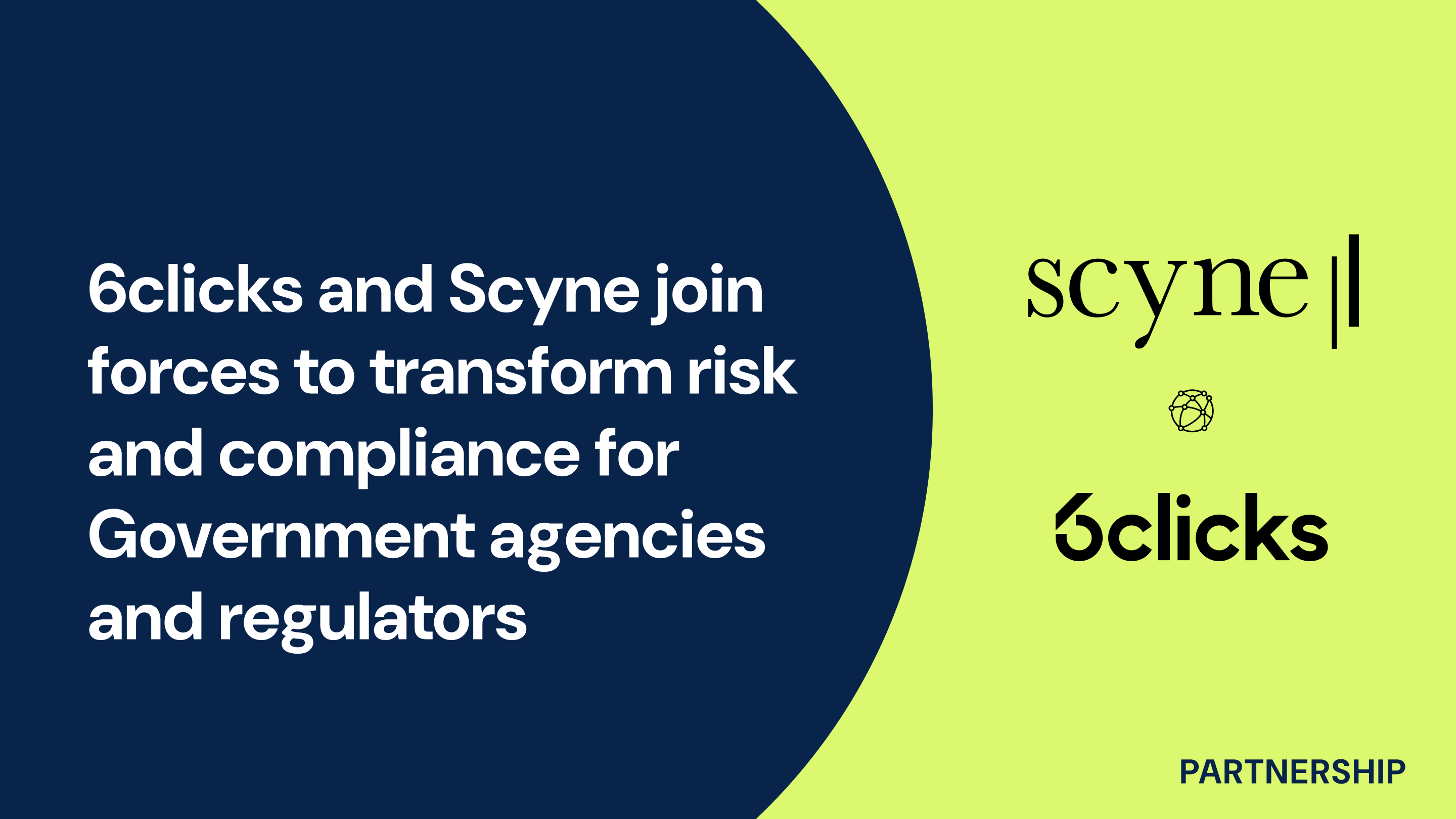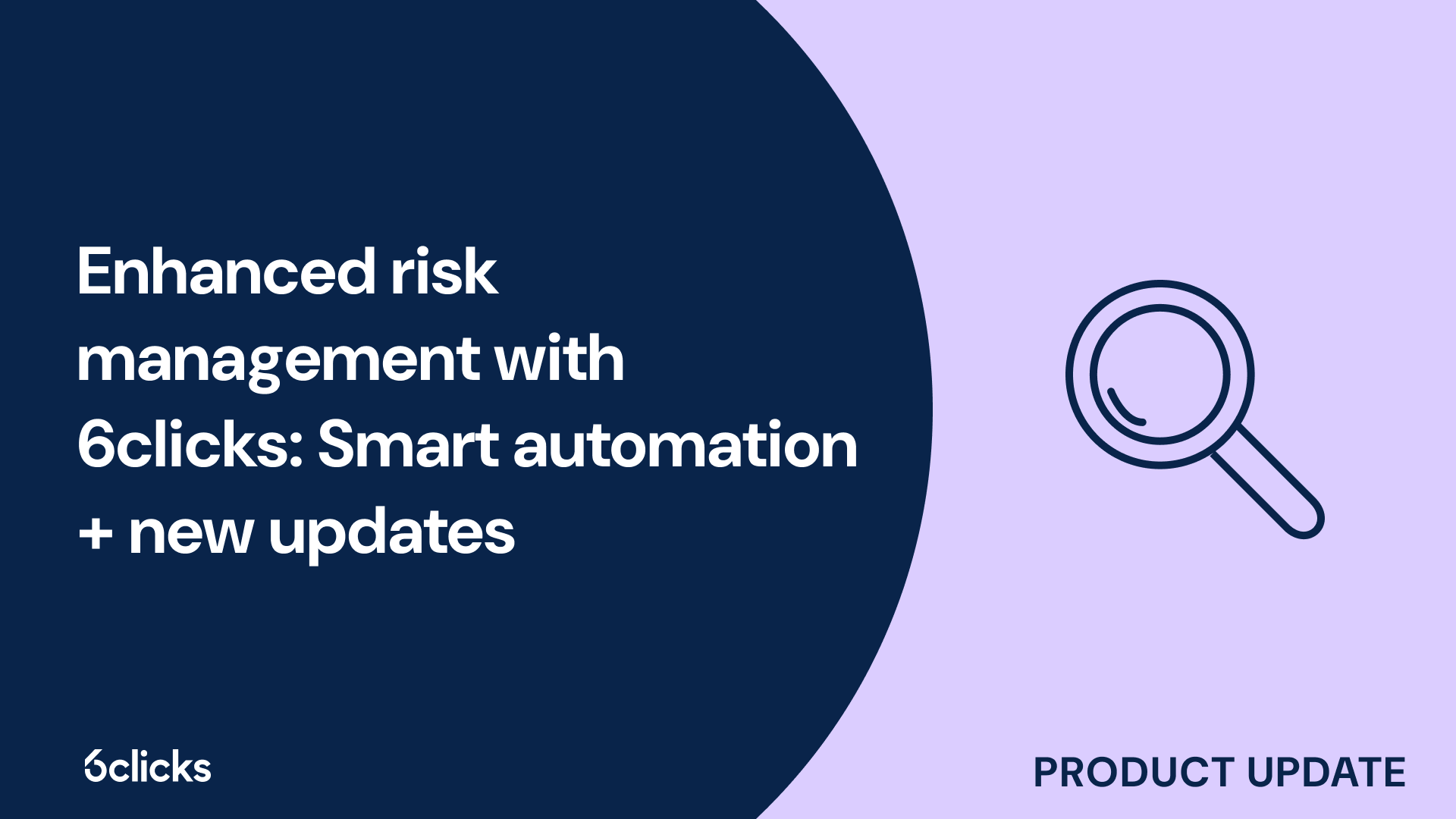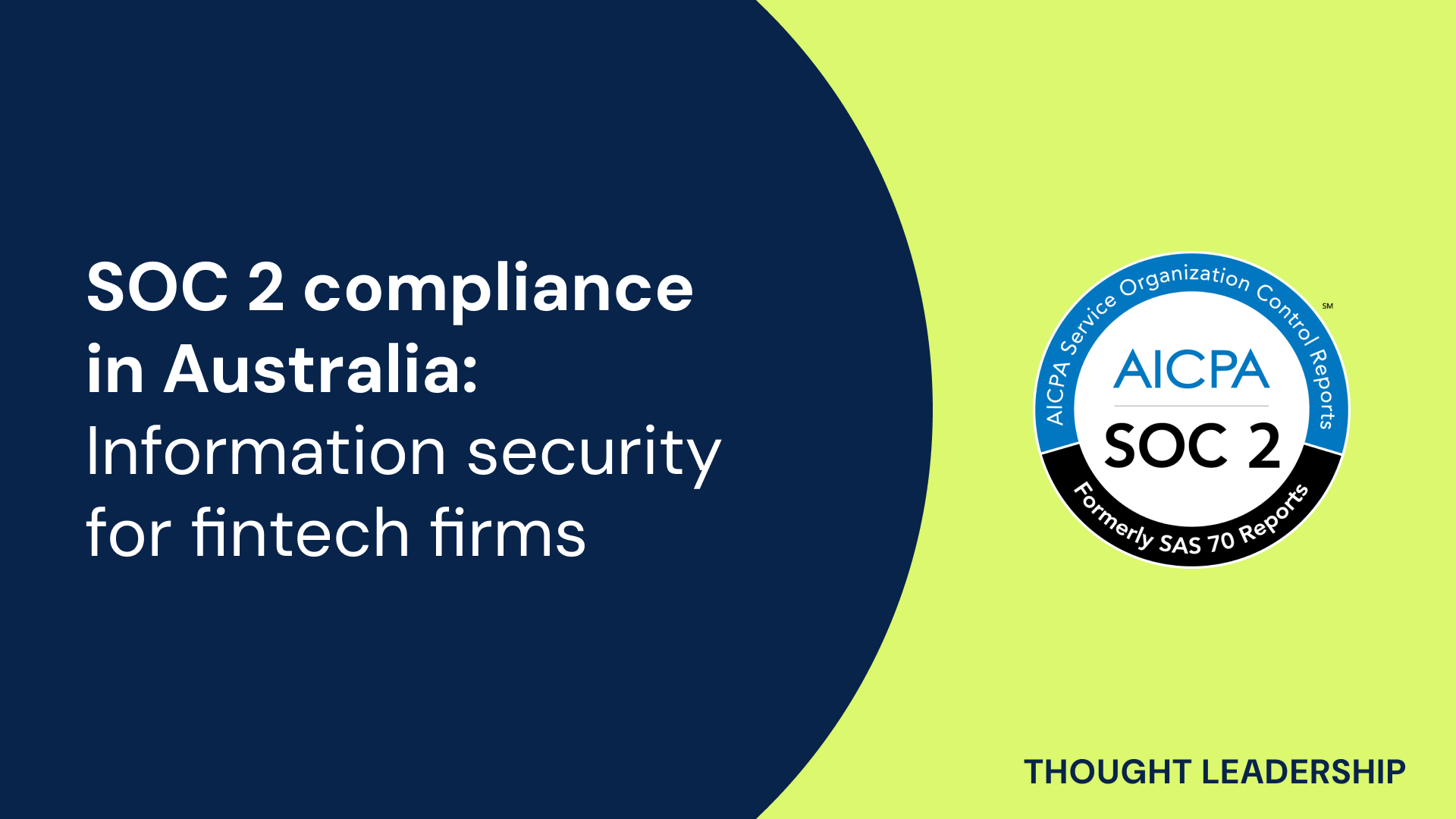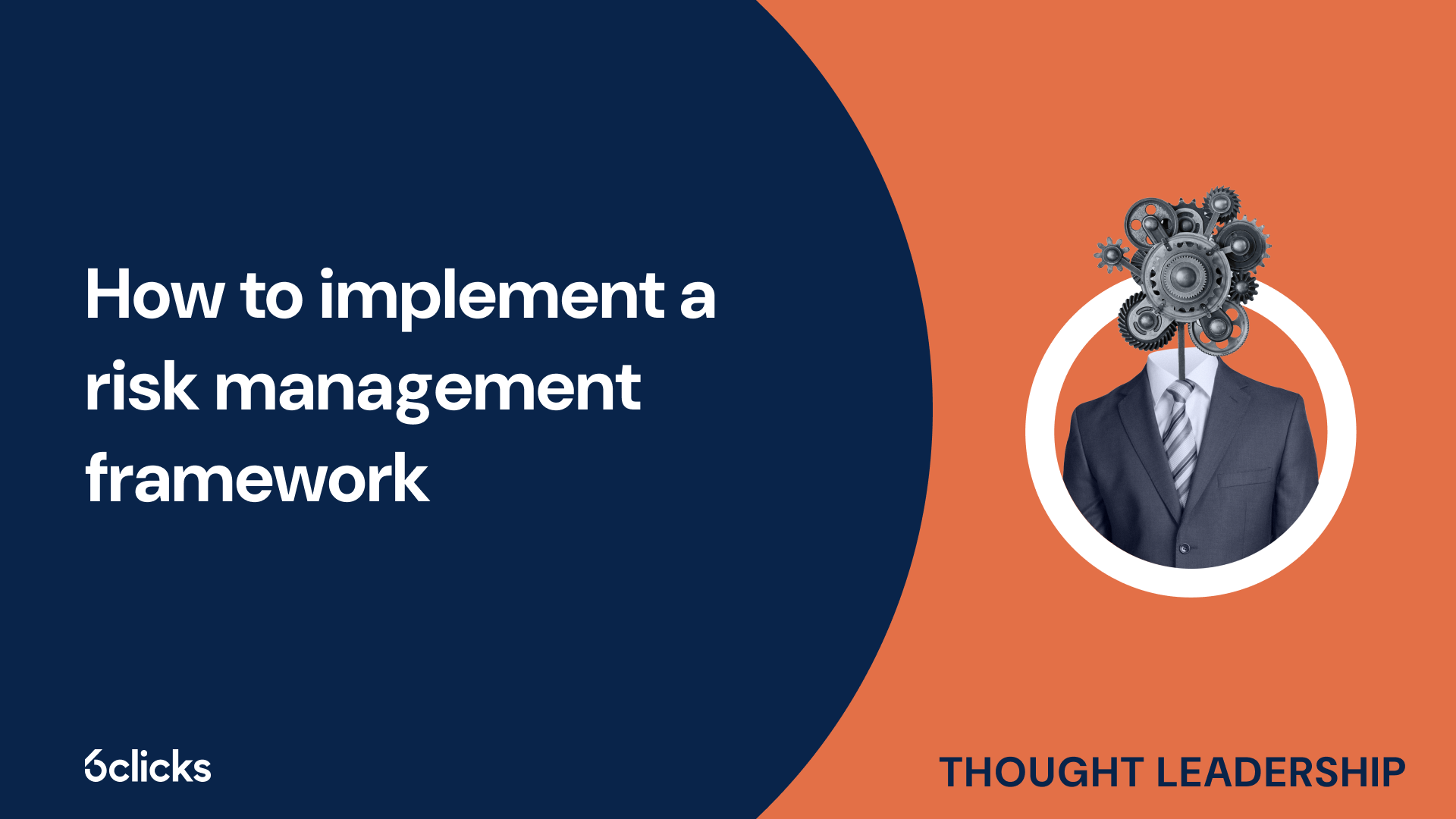The GRC buyer’s guide for 2025: Building resilience with AI-powered, federated solutions
Discover the ultimate GRC buyer's guide for 2025! Uncover how AI-powered, federated solutions transform compliance and security management for industries like government, aerospace, banking, and more. Learn about centralized control, continuous compliance, and advanced cyber GRC capabilities. Download now!
-1.png?width=200&height=249&name=Group%20193%20(1)-1.png)
The GRC buyer’s guide for 2025: Building resilience with AI-powered, federated solutions
What are the goals of information security?
Information security is a critical aspect of modern technology and business operations. It ensures the confidentiality, integrity, and availability of data, protecting organizations and individuals from cyber threats. Understanding the primary goals of information security helps businesses develop strong security policies and mitigate risks effectively. This article explores the key objectives of information security and their significance.
1. Confidentiality
Confidentiality is the fundamental goal of information security. It ensures that sensitive data is accessible only to authorized users and entities. This goal prevents unauthorized access, disclosure, and breaches that could lead to data leaks or identity theft. Organizations implement access control mechanisms, encryption, multi-factor authentication, and data masking to maintain confidentiality. Industries like healthcare, finance, and government prioritize confidentiality to protect personal and classified information.
2. Integrity
Integrity ensures the accuracy and reliability of data by preventing unauthorized modifications, deletions, or corruption. Maintaining data integrity is essential for organizations that rely on accurate information for decision-making. Cyberattacks such as malware infections, insider threats, and data tampering can compromise integrity. Organizations use cryptographic hashing, checksums, version control, and audit logs to detect and prevent unauthorized changes.
3. Availability
Availability guarantees that authorized users have uninterrupted access to information and systems when needed. Cyber threats such as Distributed Denial of Service (DDoS) attacks, hardware failures, and natural disasters can disrupt availability, leading to downtime and financial losses. Businesses implement redundancy, disaster recovery plans, cloud computing, and cybersecurity measures to enhance system availability and ensure business continuity.
4. Authentication
Authentication verifies the identity of users, systems, or devices before granting access to sensitive data. It ensures that only legitimate users can access restricted information and perform authorized actions. Various authentication methods, including passwords, biometric scans, smart cards, and security tokens, help enhance security. Strong authentication mechanisms reduce the risk of identity theft and unauthorized access.
5. Non-repudiation
Non-repudiation ensures that users cannot deny their actions or transactions within a system. This goal is crucial in financial transactions, legal documents, and electronic communications. Digital signatures, blockchain technology, and secure logging mechanisms help achieve non-repudiation by providing evidence of actions and ensuring accountability.
6. Risk management
Risk management involves identifying, assessing, and mitigating security risks that threaten information systems. Organizations conduct risk assessments to evaluate potential vulnerabilities and develop strategies to address them. Risk management frameworks such as ISO 27001, NIST CSF, and CIS Controls help businesses implement structured security policies and best practices. By proactively managing risks, organizations minimize the impact of cyber threats and ensure data protection.
7. Compliance and regulatory adherence
Compliance with legal and regulatory requirements is a critical goal of information security. Organizations must adhere to standards such as the General Data Protection Regulation (GDPR), Health Insurance Portability and Accountability Act (HIPAA), and Payment Card Industry Data Security Standard (PCI DSS). These regulations enforce security controls, data protection measures, and privacy policies to safeguard sensitive information and maintain trust.
8. Incident response and recovery
Incident response and recovery focus on detecting, responding to, and mitigating security incidents. Cyberattacks, data breaches, and system failures require a structured approach to minimize damage and restore operations. Organizations develop incident response plans, conduct forensic analysis, and implement backup strategies to recover lost data and prevent future threats.
Conclusion
The goals of information security play a vital role in protecting digital assets and ensuring a secure computing environment. By focusing on confidentiality, integrity, availability, authentication, non-repudiation, risk management, compliance, and incident response, organizations can strengthen their security posture and mitigate potential threats. Implementing a robust cybersecurity strategy not only protects sensitive data but also enhances trust, operational efficiency, and business resilience in today's digital landscape.
If you're looking for a comprehensive solution to manage information security risks effectively, learn how the 6clicks platform can help you streamline compliance, risk management, and cybersecurity implementation through robust features such as:
- Centralized security management: Conduct risk assessments, monitor third-party risks, implement controls, and verify compliance through audits, all in one platform.
- AI-powered automation: Easily align with information security frameworks like ISO 27001 and NIST CSF with AI-driven control mapping and assessments.
- Issue & incident management: Capture, assess, and track the remediation of compliance issues and security incidents.





